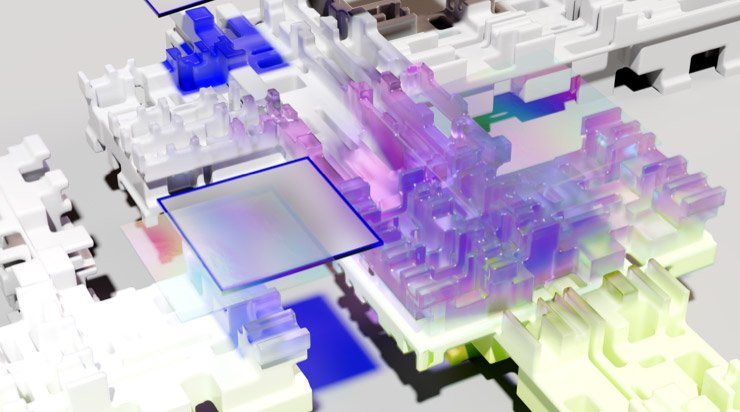In the rapidly advancing IT landscape, effective project management is essential in bridging the gap between technical teams and organizational objectives. For IT project managers, experience extends beyond managing schedules and resources, demanding a thorough comprehension of IT infrastructure, service delivery, and process optimization to ensure seamless project execution.
IoT projects that integrate Manufacturing Execution Systems (MES), Manufacturing Integration and Intelligence (MII), or Operational Technology (OT) networks require a combination of technical acumen, project management expertise, industry-specific knowledge, and the ability to coordinate IT and OT teams effectively. Below are key learnings and best practices from a practitioner’s perspective to ensure the success of such projects.
1.Comprehensive Project Planning
1.1 Defining Clear Objectives and Scope
- Align project goals with business outcomes such as enhancing operational efficiency, reducing downtime, or increasing data visibility.
- Establish clear boundaries for the scope, including MES/MII functionalities, OT network integrations, and deliverables.
1.2 Assembling a Multidisciplinary Team
- Form a cross-functional team with IT, OT, engineering, and production specialists to address the intricacies of both IT and OT domains.
- Engage relevant stakeholders early, such as plant managers, operators, and vendors.
1.3 Crafting a Realistic Timeline
- Consider hardware procurement lead times, software development cycles, and testing phases when scheduling project milestones.
- Account for potential delays due to unforeseen circumstances, such as equipment malfunctions or data integration challenges.
- Stakeholder Engagement and Communication
2.1 Facilitating IT/OT Convergence
- Act as a liaison between IT teams (focused on data, cloud, cybersecurity) and OT teams (responsible for processes and control systems).
- Ensure both teams are aligned on technical and operational requirements.
2.2 Establishing Clear Communication Channels
- Leverage project management tools such as Jira, Asana, or MS Project to track progress and maintain transparency.
- Conduct regular status meetings and provide comprehensive updates to all relevant stakeholders.
- Technical Planning and Integration
3.1 Performing System Audits
- Conduct thorough audits of existing MES/MII systems and OT networks to assess compatibility and identify upgrade needs.
3.2 Designing Scalable System Architecture
- Design the system architecture with scalability in mind, ensuring the infrastructure can handle future growth, such as additional production lines or advanced analytics tools.
3.3 Addressing Data Integration Challenges
- Facilitate seamless data interoperability between MES/MII, ERP systems (e.g., SAP), and OT networks.

4.Pilot Testing and Phased Implementation
4.1 Conducting Pilot Programs
- Begin with a controlled pilot, testing the solution in a single production line, plant area, or equipment group to validate its performance.
- Use feedback from the pilot to refine configurations and processes before broader deployment.
4.2 Phased Rollout Strategy
- Implement the system in stages to minimize operational disruptions.
- Closely monitor each phase to proactively identify issues and adjust subsequent phases accordingly.
- Training and Change Management
5.1 Workforce Training
- Offer tailored training sessions for different user groups (e.g., operators, IT staff, managers) to ensure proficiency in MES/MII features, OT network fundamentals, and troubleshooting techniques.
5.2 Managing Resistance to Change
- Communicate the project’s value to all stakeholders, addressing concerns related to job roles or process changes with transparent, empathetic messaging.
- Continuous Monitoring and Optimization
6.1 Defining Key Performance Indicators (KPIs)
- Establish KPIs such as Overall Equipment Effectiveness (OEE), downtime, Mean Time to Repair (MTTR), and data accuracy to assess the project’s success and identify areas for improvement.
6.2 Implementing Real-Time Monitoring
- Deploy advanced tools for continuous monitoring of MES/MII systems and OT networks.
- Configure automated alerts to flag anomalies or system failures in real-time.
6.3 Planning for Ongoing Updates and Maintenance
- Set processes for regular system updates, patches, and upgrades.
- Budget for consistent maintenance to guarantee long-term system reliability.
"Master IoT project management with expert insights, seamless IT/OT integration, scalable solutions, and continuous optimization. Ensure efficiency, reduce downtime, and drive operational success across manufacturing, logistics, and production environments."
- Embracing Agile and Flexible Practices
- Adopt agile methodologies to enable quick adjustments to evolving requirements and unforeseen project challenges.
- Conduct retrospectives periodically to evaluate project progress and enhance workflows.
- Documenting Everything – A Crucial Practice
- Maintain comprehensive documentation detailing system design, configurations, workflows, and troubleshooting procedures.
- Ensure user-friendly manuals are available for operators and both IT/OT teams.
By following these best practices, IoT project managers can effectively navigate the complexities of MES/MII and OT network integration, ensuring the successful delivery of highly efficient and scalable IoT solutions.





Most businesses utilize a network connection to some degree, be it internal data storage or an online point of sale system. While larger corporations often have complex data security systems in place, small businesses can also fall victim to a cyber attack if they do not take steps to protect themselves.